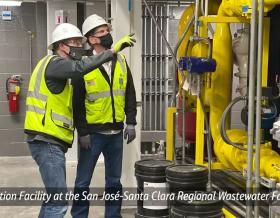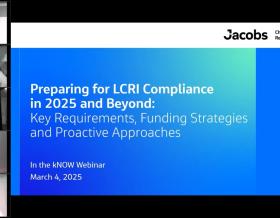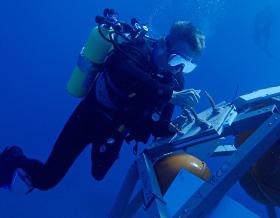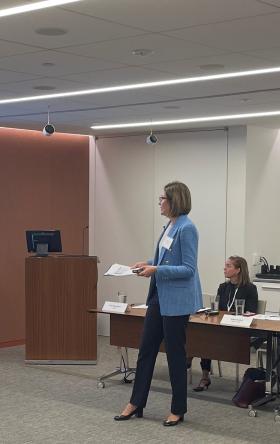
"Challenge accepted" is a call to action. It's a commitment to growth, innovation and excellence. It's about pushing boundaries, embracing new ideas and not shying away from obstacles.
Our people accept the challenge every single day – and we're showcasing a few of their stories. Today, we connected with Vaishakh Iyer, our lead engineer for highways in Mumbai, India, to discuss how he's transforming compliance processes through automation.
The challenge: The road safety design team faced time-consuming and error-prone manual compliance checks for General Principles and Scheme Governance General Information (GG 184) standards. These standards define how construction information is managed through CAD systems—using specific naming conventions and collaboration protocols.
Limited tools and fully manual reviews left room for error, delayed timelines and added pressure on the team. A better solution was urgently needed.
Tell us more about this challenge:
PlanCheck is an automated tool developed by the internal Jacobs Design Automation team. It runs under feature manipulation engine (FME) and helps assess and ensure GG 184 compliance for 2D models and drawing files.
Before PlanCheck, the team had to manually check every drawing and 2D model against strict GG 184 requirements. These standards dictate how files should be named, formatted and structured for submission to the client. Each model had to be reviewed across multiple disciplines—highways, structures, electrical and communications—making it an extremely time-consuming process.
Mistakes often led to non-compliance, requiring revisions that caused delays and financial losses. Existing tools only checked layer compliance under an older standard and didn’t address key areas like collaboration methods or naming conventions. That gap increased the workload and made the compliance process even more difficult.
Support from our India team helped reduced some of the strain—but it also made clear that a smarter, automated solution was needed.
How did you approach this?
We approached the development and rollout of PlanCheck with a clear goal: automate the manual compliance checks.
We began by walking through the manual process ourselves to identify pain points. Then we worked closely with the developers—sharing technical feedback, testing prototypes and refining the tool together. The focus was on making it not just accurate but easy to use.
Once it was ready, we integrated PlanCheck into our existing workflows. Now, designers can check their own 2D models and drawings, spot and correct issues early, and even learn from their mistakes by discussing with technical leads. This process also improved collaboration across our global teams, helping us deliver projects on time and within budget.
What’s the hardest part of this?
The biggest challenge was adoption—getting everyone comfortable using the new tool, especially on projects that require a strong understanding of GG184 standards. But thanks to a proactive mindset and solid teamwork, we were able to come together and make it work.
What kind of impact has it had?
We’re seeing major time savings. PlanCheck cuts about 15 minutes per drawing—which has already added up to more than 500 hours saved, and that number keeps growing.
How do you define success?
Success is about balancing efficiency, quality and collaboration. Discipline plays a big role—it’s what ensures consistent effort and high standards.
To me, discipline is the foundation of success. It shows a commitment to giving 100 percent. This project shows how we can take difficult, manual process and make it smarter and more effective. It’s made a measurable difference for our team and our clients.












































